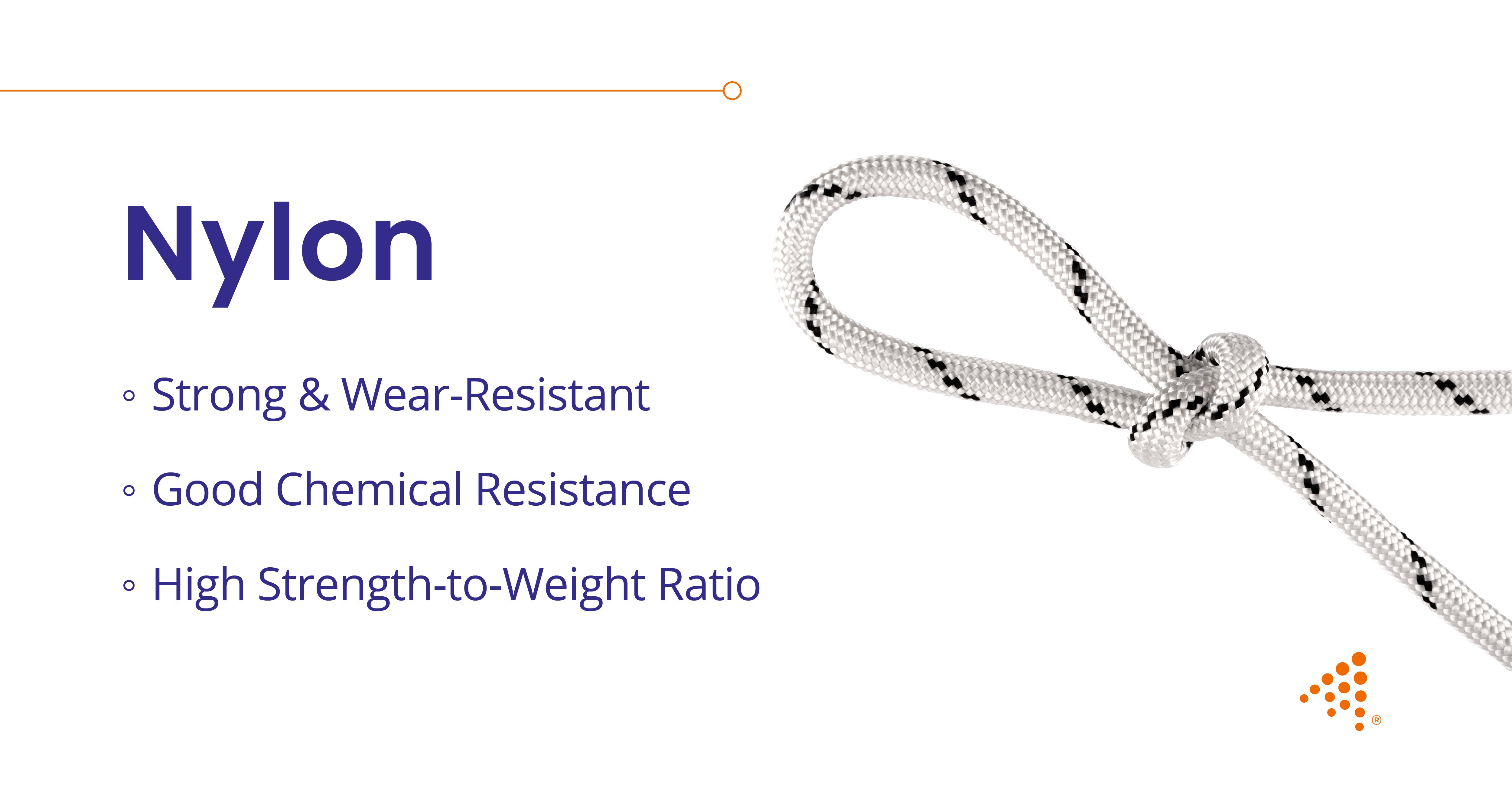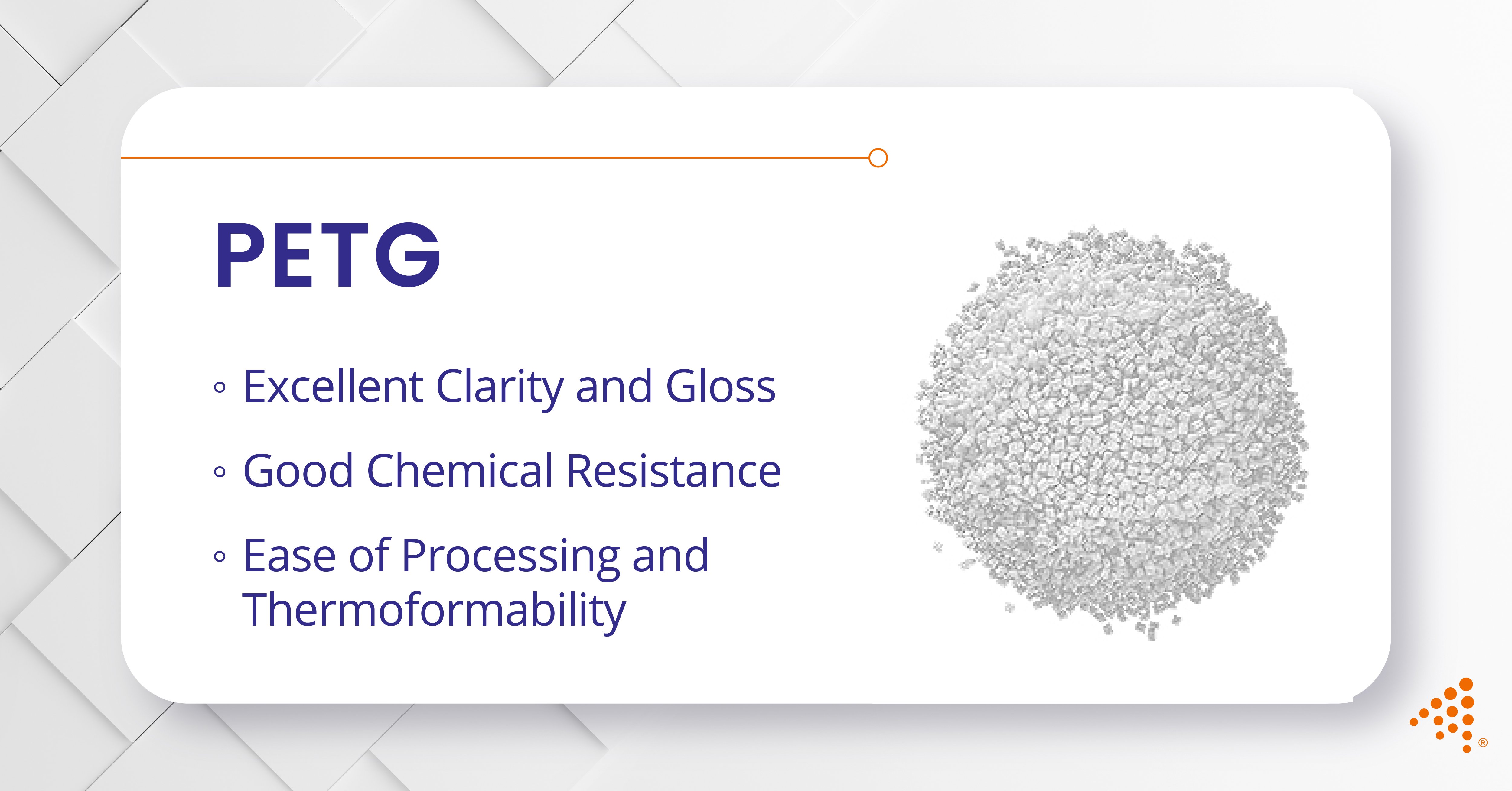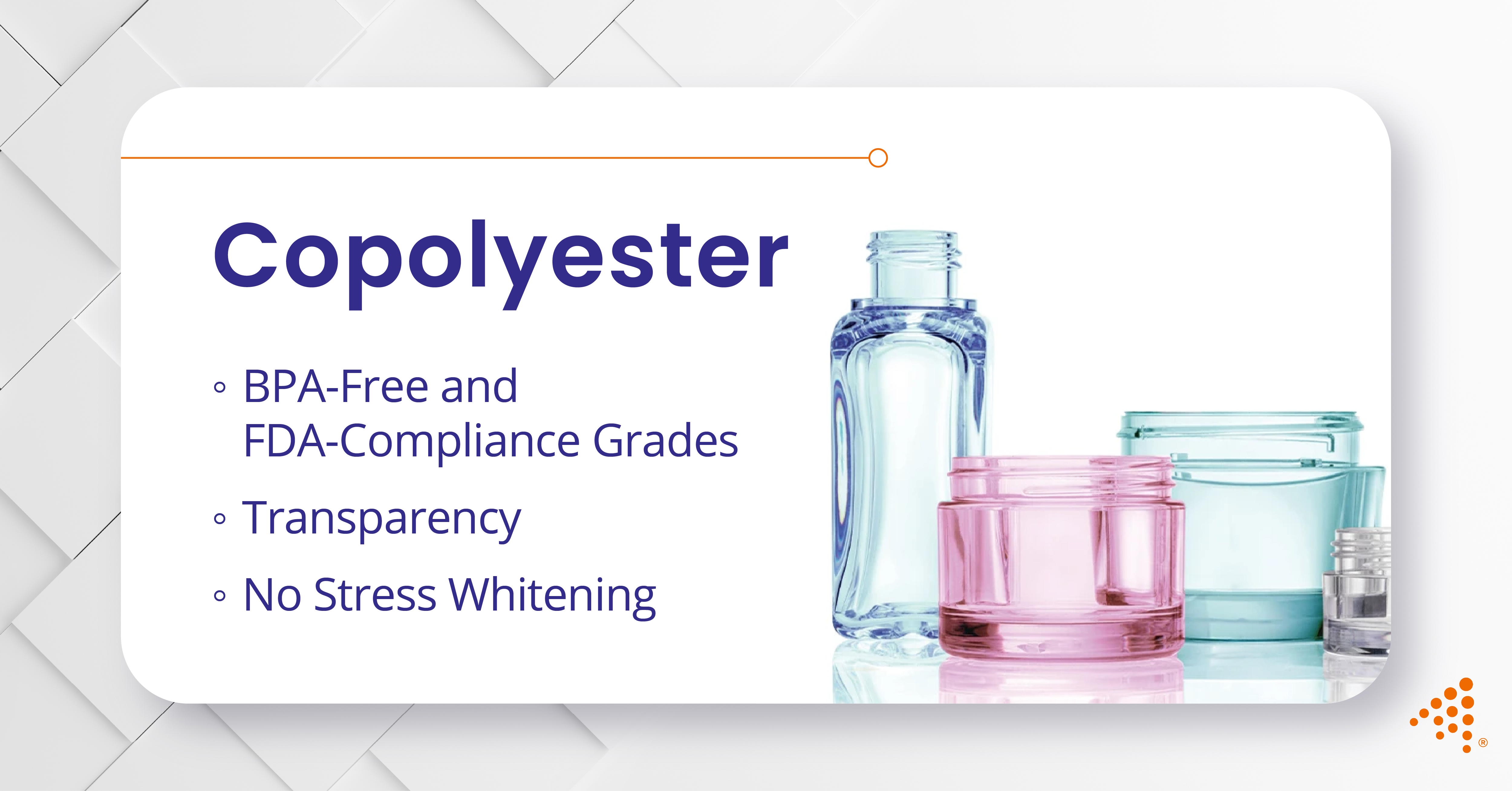Nylon (Polyamide): Durable and Versatile for Many Applications
Nylon (Polyamide): A Tough, Durable Resin for a Variety of Uses
5 min read
Nick Erickson : Jun 2, 2025 9:06:00 AM

High-Density Polyethylene (HDPE) is a versatile, cost-effective material that excels in a wide range of applications, from medical devices to consumer goods. Known for its affordability, chemical resistance, and ease of handling, HDPE is used across industries requiring a reliable, durable material that offers excellent performance in everyday conditions.
HDPE is one of the most cost-effective plastics available, making it ideal for mass production. Its lightweight nature makes it easy to handle and transport, contributing to its widespread use in medical device prototypes and plastic injection molding services.
HDPE is well known for its outstanding strength-to-density ratio, offering impressive impact resistance and tensile strength while remaining lightweight. This balance makes it ideal for products that need to be both durable and easy to handle, such as medical injection molding, fluid containers, pipe systems, and protective housings.
HDPE stands up exceptionally well to a wide range of chemicals, including acids, bases, and alcohols. This resistance makes it a trusted choice for packaging and piping used in industrial, agricultural, and medical environments where chemical exposure is frequent or continuous. With virtually no moisture absorption, HDPE maintains its performance in humid or wet environments. Its water resistance makes it a go-to material for outdoor applications, plumbing, and items that require long-term exposure to fluids or weather conditions.
HDPE is easy to process via injection molding, blow molding, and extrusion, supporting the efficient production of complex parts and high-volume goods. Its low melt index allows for flexibility in shaping and forming without sacrificing mechanical integrity.
HDPE has one of the lowest environmental impacts among plastics, as it requires fewer resources to manufacture and is often recycled. This makes it a sustainable choice for eco-friendly packaging and medical products that prioritize reducing waste.
While unmodified HDPE can degrade under prolonged UV exposure, it can be enhanced with UV stabilizers and other additives to improve weather resistance. This allows it to be used in outdoor signage, agricultural tanks, and marine-grade components.
HDPE is available in medical- and food-grade formulations that comply with FDA and USP Class VI standards. This makes it well-suited for sterile packaging, medical device components, and fluid handling systems used in healthcare and laboratory settings.
HDPE can be easily welded or joined, making it a convenient material for products that require simple assembly. It’s commonly used in scenarios where parts need to be easily sealed or connected.
Explore our end-to-end manufacturing services and let our team help you choose the best HDPE material for your specific needs.
HDPE’s combination of toughness, chemical resistance, and cost-effectiveness makes it one of the most widely used thermoplastics in the world. Its versatility in processing and performance enables its use across a broad range of industries—from medical and consumer products to industrial and construction applications. Below are some of the most common and valuable use cases for HDPE:
HDPE is frequently used in medical injection molding for disposable components like fluid containers, tubing connectors, syringes, and packaging trays. Its chemical resistance and compatibility with sterilization methods such as gamma radiation and ethylene oxide make it a practical choice for healthcare settings. HDPE is also used in laboratory containers and specimen bottles due to its moisture resistance and dimensional stability.
One of the most well-known uses of HDPE is in rigid packaging—such as milk jugs, detergent bottles, personal care product containers, and chemical-resistant drums. Its lightweight nature combined with high impact resistance ensures that packaging remains durable throughout transportation and storage, while food-grade variants support safe use in consumable goods.
HDPE’s exceptional chemical and moisture resistance makes it ideal for pipes and tubing used in water distribution, wastewater systems, and chemical processing. It is also a preferred choice in agriculture for irrigation lines, drainage systems, and chemical tanks.
In construction, HDPE is used for geomembranes, vapor barriers, electrical cable insulation, and composite wood alternatives. Its weather resistance and strength allow it to withstand outdoor environments without cracking or corroding, making it a good fit for additive manufacturing for production in construction.
HDPE is found in many industrial settings where cost-effective, corrosion-resistant parts are needed. This includes pallets, liners, crates, and protective barriers. Its high impact strength allows it to endure rough handling and heavy-duty use.
Everyday items such as cutting boards, reusable water bottles, toys, and storage bins are often made from HDPE due to its toughness and ease of cleaning. Its low moisture absorption and high durability make it especially suitable for household and outdoor goods.
While HDPE naturally offers toughness and chemical resistance, a variety of additives and modifications can be applied to further enhance its performance and adapt it to specific applications. These enhancements are especially useful in industries like medical manufacturing, packaging, and construction—where specialized performance characteristics are often required.
HDPE can degrade when exposed to prolonged sunlight, so UV stabilizers are often added to improve weather resistance. This is particularly important in outdoor settings such as piping, decking, or agricultural containers where long-term sun exposure is expected.
Pigments and dyes are commonly added to HDPE to create vibrant or functional color variations. This not only improves product aesthetics but also supports color coding in medical or industrial applications. Because HDPE has low moisture absorption, color additives maintain consistency even in humid environments.
In medical and food-contact use cases, antimicrobial additives can be introduced to inhibit bacterial growth on HDPE surfaces. These additives help maintain hygiene in products like medical trays, packaging, or reusable consumer items.
To reduce static electricity buildup, especially in electronic packaging or industrial settings, antistatic agents may be incorporated into HDPE formulations. These agents help prevent dust attraction and minimize electrostatic discharge that could damage sensitive components.
Although HDPE is naturally combustible, flame retardants can be added for use in environments with fire safety requirements. This is common in wire insulation, electrical housings, or certain construction materials.
Processing aids, such as slip agents or mold release agents, may be added to improve manufacturability and cycle times in injection molding. Fillers like calcium carbonate or glass fibers can also be introduced to adjust the resin’s rigidity, density, or dimensional stability based on the application’s needs.
At Aprios, our design and manufacturing services ensure that your HDPE-based products meet the highest standards.
While HDPE is valued for its strength, versatility, and chemical resistance, it has some limitations that should be considered during material selection—especially for projects requiring high-performance characteristics or tight dimensional tolerances.
HDPE has a relatively low melting point (around 130°C / 266°F) compared to other engineering-grade thermoplastics. This restricts its use in environments where exposure to high temperatures is frequent or where components must withstand repeated sterilization cycles. For heat-intensive settings, materials like polycarbonate or PBT may be better suited.
HDPE has a higher rate of thermal expansion and lower rigidity than materials like ABS or glass-filled resins. This can lead to warping or shape distortion under stress or fluctuating temperatures, which may be problematic in parts requiring tight tolerances or structural integrity.
Although HDPE can be molded efficiently, it typically results in a more matte or waxy finish compared to resins like acrylic or copolyester. This makes it less desirable for products that demand a sleek, high-gloss appearance or intricate surface detailing.
HDPE’s chemical makeup resists most adhesives and paints, which can complicate secondary operations like labeling, coating, or joining. Specialized surface treatments or primers are often required to ensure adequate bonding or decoration.
HDPE offers a compelling combination of durability, chemical resistance, and cost-effectiveness, making it a staple material across numerous industries. Its adaptability to various processing methods and suitability for both high-volume production and specialized components underscore its widespread appeal. Whether you’re developing medical devices, consumer goods, or industrial equipment, HDPE provides a reliable solution that balances performance with affordability.
At Aprios, we can help you choose the right HDPE material for your specific needs. Get in touch for expert advice and solutions tailored to your project!
You can also view our Material Selection tool.

Nylon (Polyamide): A Tough, Durable Resin for a Variety of Uses

Polyethylene terephthalate glycol (PETG) is a versatile thermoplastic polyester resin gaining significant traction across various industries due to...

Copolyester is a high-performance thermoplastic resin known for its chemical resistance, dimensional stability, and clarity. It's frequently used in...